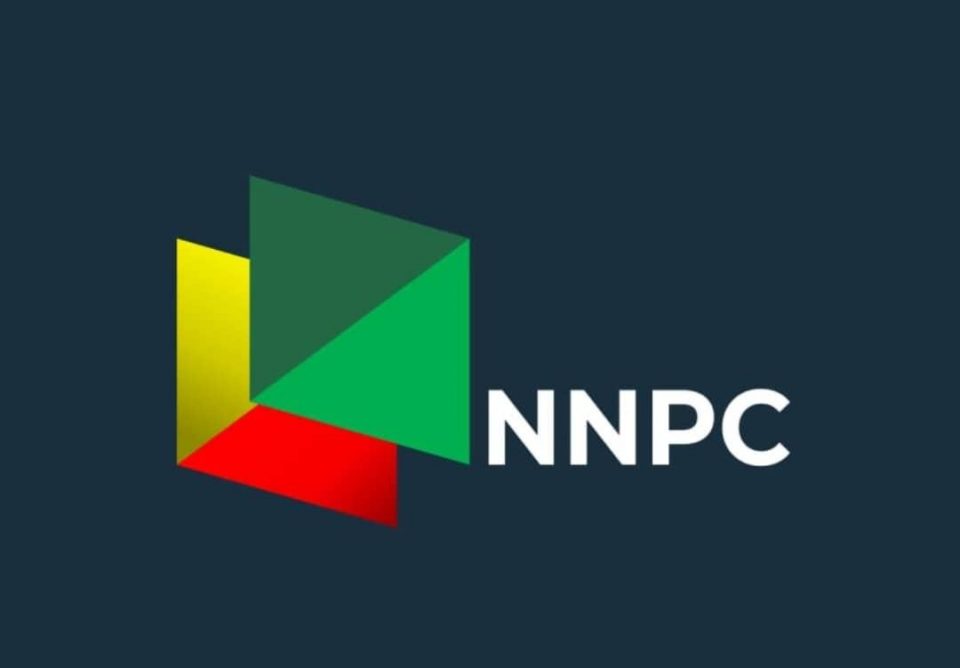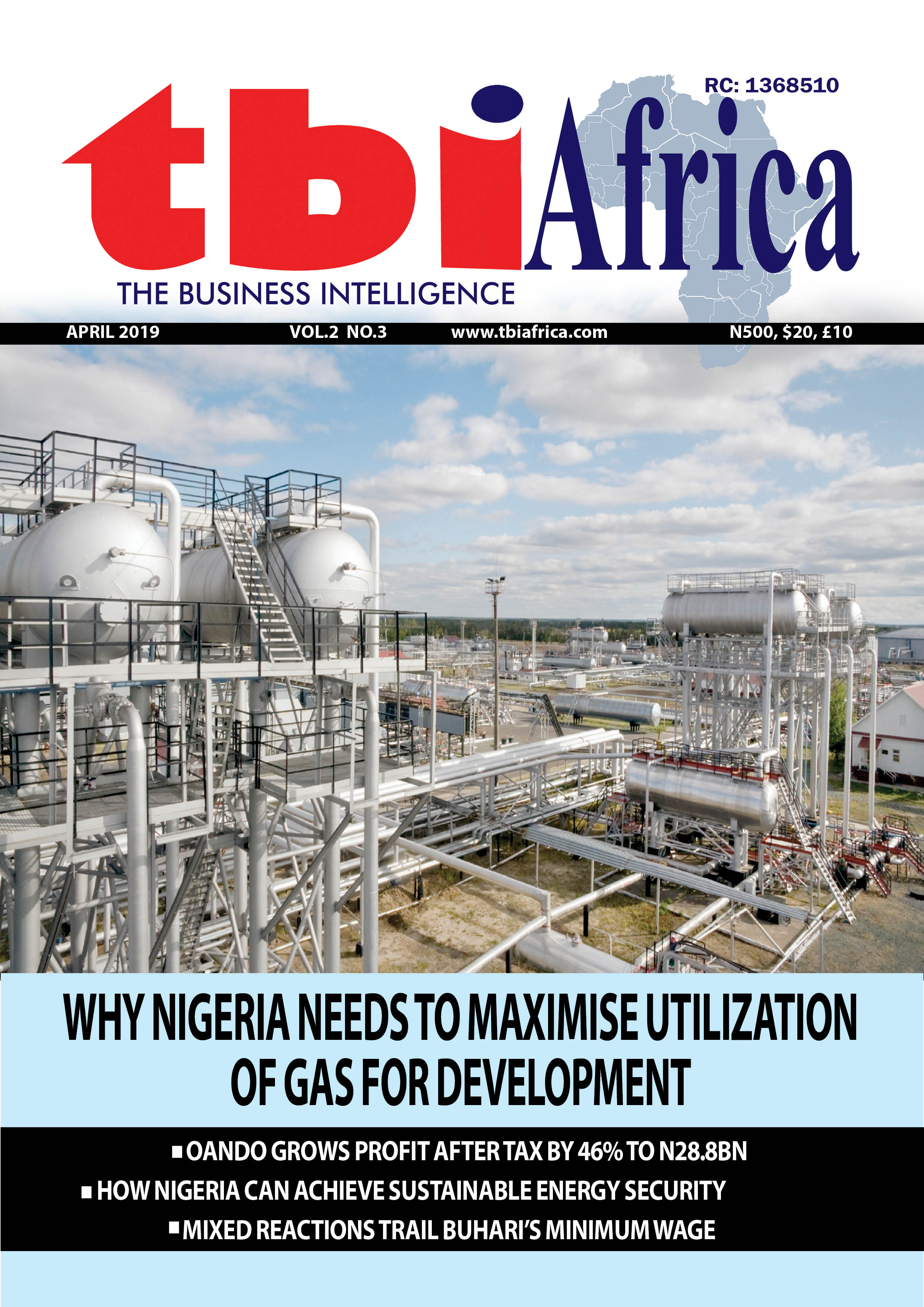Photo caption: NNPCL logo
The Nigerian National Petroleum Company (NNPC) Limited is poised to make major investment commitments this year, with four critical Final Investment Decisions (FIDs) expected before the end of 2025
In a first of its kind report under Bayo Ojulari, THE Group Chief Executive of NNPC tagged “NNPC monthly report summary for April 2025”, the state owned company said it plans to conclude four FIDs by the end of 2025.
These include the Ntokon Development (OML 102), the Crude Oil Production Expansion Project (OML 29), Gas Development Projects (OMLs 30 and 42), and the long-anticipated Brass Fertilizer Project, all scheduled for final approval in Q4 2025.
These projects are part of a broader strategic initiative by NNPC to enhance production efficiency, increase revenue, and diversify Nigeria’s energy portfolio.
The Brass Fertilizer Project, in particular, is anticipated to support Nigeria’s growing domestic demand for fertilizers, reducing imports and supporting agricultural productivity.
NNPC’s move to green light these FIDs comes amid modest but steady production figures.
The monthly report also showed crude oil and condensate production stood at 1.61 million barrels per day in April, slightly down from January’s 1.67 million barrels per day.
In contrast, gas production hit a high of 7,354 million standard cubic feet per day, the strongest performance this year and a clear sign of Nigeria’s growing focus on gas monetization.
Industry experts suggest that the FIDs, if executed on schedule, could unlock billions of dollars in foreign direct investment, create thousands of jobs, and strengthen Nigeria’s balance of payments.
The April report noted the successful implementation of business process reforms, designed to streamline operations and attract joint venture partners.
Additionally, The report noted that infrastructure upgrades on key assets like the OB3 and AKK gas pipelines are moving forward, with project completion levels at 95 percent and 70 percent respectively.
These pipelines are crucial for transporting gas to domestic and industrial users, and their readiness is seen as vital for unlocking the full value of new gas FIDs.
Upstream pipeline availability stood at an impressive 97 percent, signaling improvements in network reliability—a key metric for international investors.



